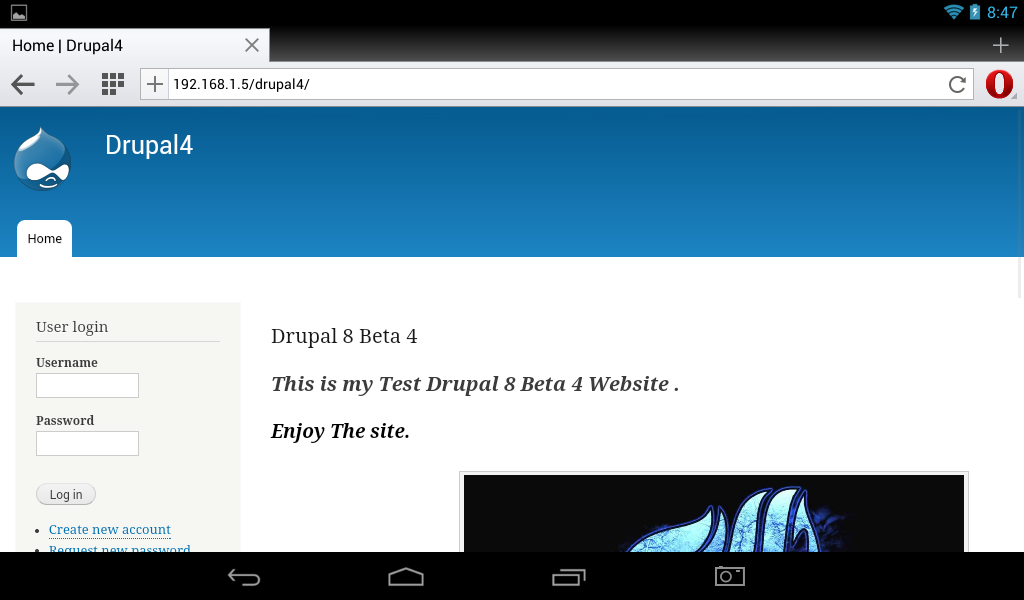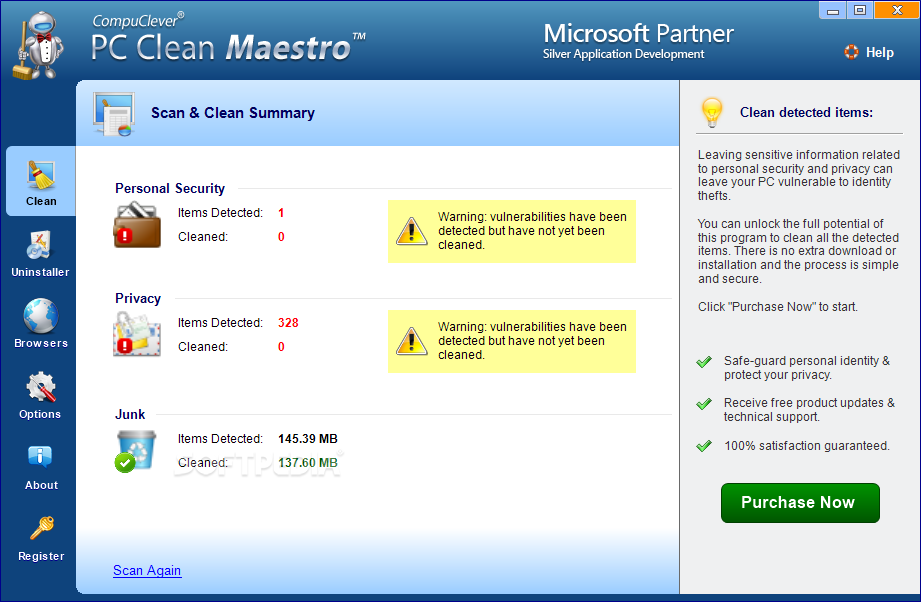

Providing repair documentation, and software for one to use locally, and preferably documenting how to communicate with the device (API), is though still a rather logical thing to do.Ī product shouldn’t end its life due to a company not wanting to support it any more, but rather, the product should end its life when it frankly isn’t usable/repairable any more. (Though not saying that companies investing in development always do the right thing, they too can be jerks…)) Enforcing this behavior is likely not beneficial. (There is companies that after all don’t really do any development of their own and simply copies what other companies are doing, competing rather heavily with the companies that actually invest in the development due to having a lower price on their product, and risking that the original developer goes out of business. Since it can greatly impact a company’s future ventures, due to competition. Requiring a manufacturer to out right open source their product at the end of its life is honestly a bit harsh from a business perspective. The advice: “And if you’re in a company offering a product that depends on a service to continue to function, ask yourself if you’re really going to be able to support it for the customer’s idea of the lifetime of the product.”Ĭan also be followed up with the question, “Does your product really need that cloud service?” But at some point, the whole idea of “IoT” falls apart fairly spectacularly… Pushing software updates is “nice”, and fixing security flaws is something one should expect a serious manufacturer to do. There frankly is little to no reason for most devices to be connected to the internet. Though, the trap is more about software updates, and cloud related services, something that isn’t always logical to begin with. Ie, give the end user the option to run their own server for their IoT devices to talk to instead.įor devices like printers, speakers, cameras, and most home automation, having a local server is a rather logical conclusion to be fair, and usually how things are running in the end regardless…. Will you, or your customers, be willing to throw their devices away? Should they be?Ī simple solution to a lot of the problem is to ensure that the end user can still have the device be usable locally. What looks like a great deal at a five-year horizon might bankrupt your company at ten. And if you’re in a company offering a product that depends on a service to continue to function, ask yourself if you’re really going to be able to support it for the customer’s idea of the lifetime of the product. So take this as a cautionary tale as a consumer. What’s surprising to me is how many fall into the IoT trap. Given that this whole business model is new, it’s not surprising that some firms will get it wrong. And they are alienating exactly their most loyal customers - those who want to keep their widget running longer than might even be reasonable.

The more a customer loves the device, the longer they’ll want to keep it running, and the worse the blowback will be when the firm eventually has to try to weasel its way out of a “lifetime” contract. This puts these companies in a tough spot. Somehow, the people planning these products have a much shorter lifetime in mind than their customers do, and fail to make the up-front price cover costs. It doesn’t seem to matter if the company is small, like Sonos, or an immensely wealthy monopoly player like Google.

But providing this service costs money, and as more and more “products” are actually services in disguise, we’ve seen case after case of working machines shut down because the company doesn’t want to keep paying for the service. So much so, that it’s worth 30% of the cost of their current product to get out from under the implicit contract.īy buying one of these IoT devices, you’re paying more money up front for the promise that the company will keep supporting the service that it relies on into the future. Hackaday’s own Gerrit Coetzee wrote up our coverage and mentioned that maybe Sonos just couldn’t afford to support the service for the old products any more, and didn’t want them to remain in the wild. Naturally, Sonos’ most loyal customers weren’t happy about intentionally bricking their faithful devices, a hubbub ensued, and eventually the CEO ended up reversing course and eating crow. The catch: they weren’t really trading them in, but instead flashing a “self-destruct” firmware and then taking it to the recycling. (If not, read about it on Hackaday.) Basically, a company that sells a premium Internet-connected speaker wanted to retire an older product line, and offered a 30% discount to people who would “trade in” their old speakers for new ones. I’m sure that you’ve heard about the Sonos speaker debacle.


 0 kommentar(er)
0 kommentar(er)
